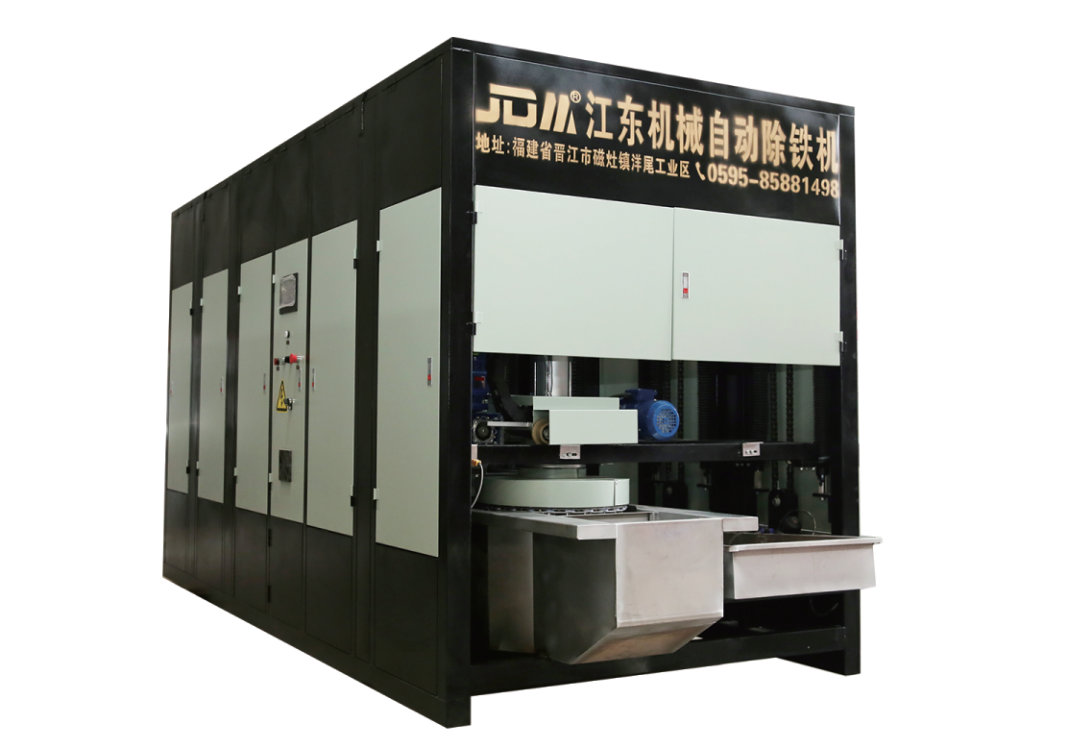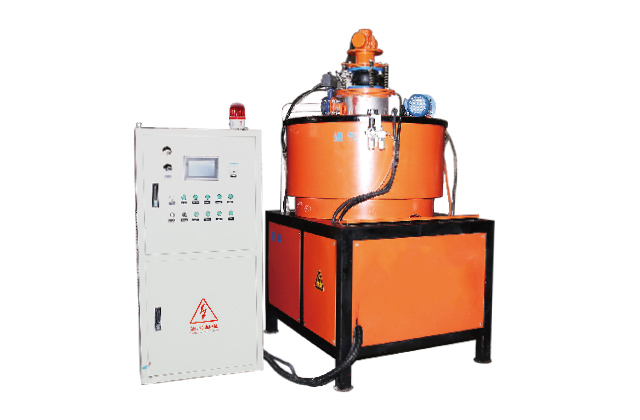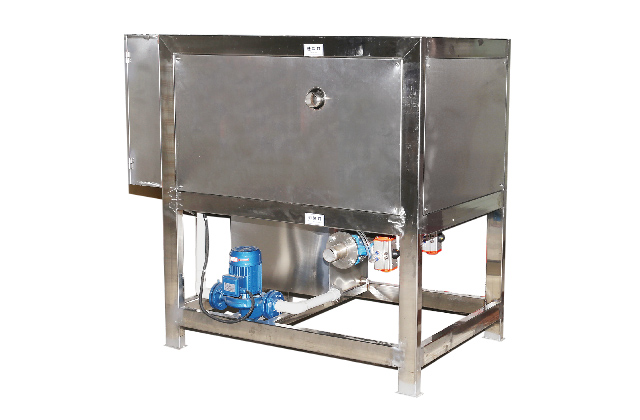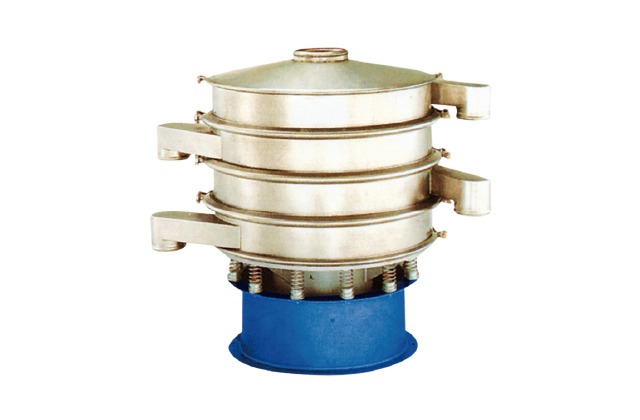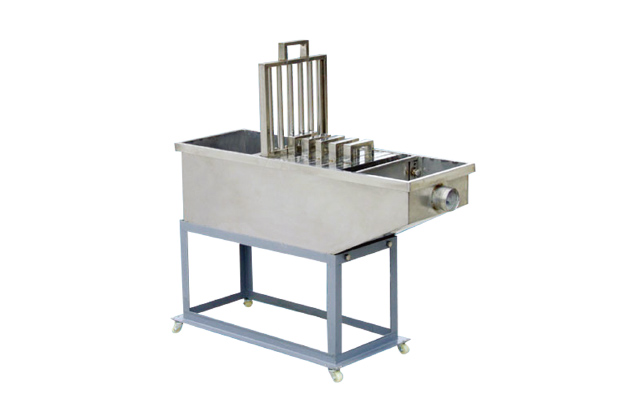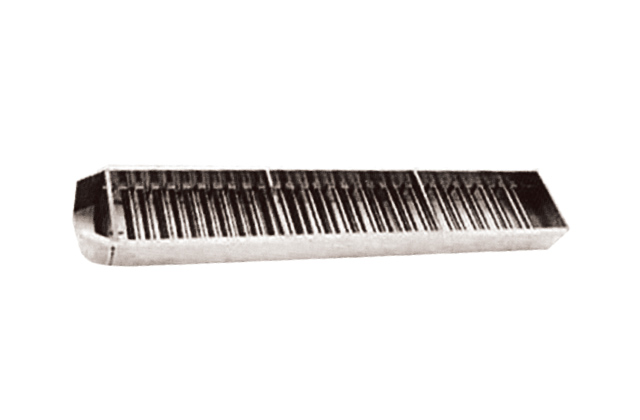September 9, 2025
Who Invented the Magnetic Iron Ore Separator and When?
Introduction to Magnetic Iron Ore Separation
Magnetic iron ore separation has become a cornerstone in modern mining and mineral processing. But have you ever wondered when this groundbreaking technology was first invented? Let’s dive into the history of the magnetic iron ore separator and uncover its origins.
The Early Days of Magnetic Separation
The concept of magnetic separation dates back thousands of years. Ancient civilizations were aware of the unique properties of magnetite, a naturally magnetic iron ore. However, the idea of using magnetism for industrial purposes began to take shape during the 18th and 19th centuries.
During this period, scientists like William Fuller and William Kelly explored the potential of magnetic separation in mineral processing. Their experiments laid the foundation for what would eventually become a revolutionary technology in the mining industry.
Key Milestones in the Development of Magnetic Separation
The modern magnetic iron ore separator was not invented overnight. Instead, it evolved through a series of innovations and improvements. Here are some key milestones:
- 1800s: The first magnetic separators were developed, primarily for separating iron ores. These early devices were rudimentary but marked the beginning of a new era in mineral processing.
- 1880s: The introduction of the “Wetherill Magnetic Separator” by American inventor Joseph Wetherill revolutionized the industry. This design significantly improved efficiency and set the stage for further advancements.
- 1900s: The 20th century saw the widespread adoption of magnetic separators in mines worldwide. This was driven by the increasing demand for iron and steel during the Industrial Revolution.
The Inventor Behind the Magnetic Iron Ore Separator
While it is difficult to attribute the invention of the magnetic iron ore separator to a single individual, one name stands out: Edmund Harder. In 1900, Harder, an American engineer, patented a magnetic separator that could efficiently separate magnetic iron ores from non-magnetic materials. His design incorporated a belt conveyor system, which significantly improved the separation process.
Harder’s invention was a major breakthrough, as it allowed for the large-scale extraction of high-grade iron ores. This innovation had a profound impact on the mining industry, enabling the production of steel on an unprecedented scale.
How Does the Magnetic Iron Ore Separator Work?
Before diving deeper into the history, let’s take a moment to understand how the magnetic iron ore separator operates. The basic principle is straightforward:
The separator uses a magnetic field to attract and separate magnetic materials (like iron ores) from non-magnetic materials. The process involves:
- Feeding the ore onto a conveyor belt.
- Passing the ore under a magnetic field.
- Collecting the magnetic materials on one side and the non-magnetic materials on the other.
This simple yet effective process has made magnetic separation a cornerstone of modern mining operations.
The Impact of the Magnetic Iron Ore Separator
The invention of the magnetic iron ore separator had far-reaching consequences. It not only improved the efficiency of mining operations but also played a crucial role in the global industrialization effort.
By enabling the production of high-grade iron ores, the magnetic separator contributed to the development of steel, which was essential for building railways, ships, and skyscrapers. In many ways, the magnetic iron ore separator was a key enabler of the modern world.
Modern Applications of Magnetic Separation
Today, magnetic separation technology has evolved to include advanced systems capable of handling a wide range of materials. Modern magnetic separators are used not only in mining but also in recycling, food processing, and even medical applications.
For example, magnetic separators are used to:
- Recycle ferrous metals from waste materials.
- Remove impurities from food products.
- Separate magnetic particles in laboratory settings.
These diverse applications highlight the versatility and importance of magnetic separation technology in the modern world.
Conclusion
The magnetic iron ore separator was invented in the late 19th and early 20th centuries, with Edmund Harder’s 1900 patent marking a significant milestone. This invention not only transformed the mining industry but also played a pivotal role in the global industrialization effort.
As we continue to develop new technologies, it’s important to remember the foundational innovations that have shaped our world. The magnetic iron ore separator is a testament to human ingenuity and the enduring impact of scientific discovery.

